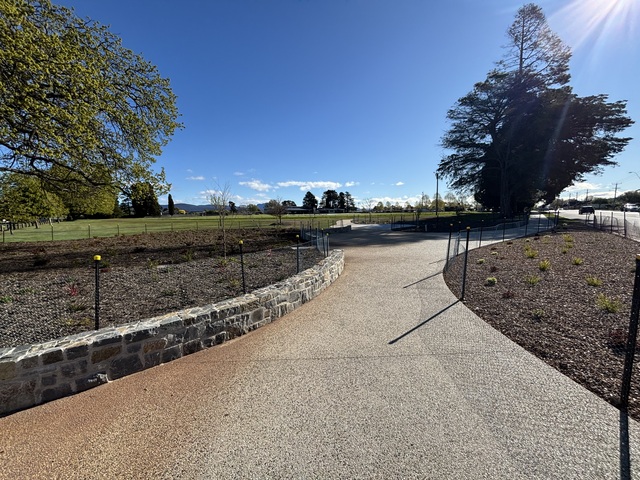In Melbourne’s City of Moreland, Optus vehicles have been impounded and in NSW Councils are threatening to send in teams of workers to rip down cables if rates they intend to impose are not paid.
Under Section 112 of the NSW Local Government Act, Councils are able to rate infrastructure passing overhead, such as aerial walkways over roads, as well as underground tunnels. It would follow that Optus, as a private company, can therefore be charged rates for its overhead cables.
According to Peter Woods, President of the NSW Local Government Association, Councils will be able to apply a differential rate, with the overhead cabling charged at a far higher level due to the adverse affect it has on local amenity.
In South Australia, where no rollouts have occurred to date, the Local Government Association of South Australia (LGASA) also believes its Councils have the power to impose a specific rate on any overhead cabling installed by Optus. The LGASA will be using this as a disincentive, that if carriers do the right thing by local communities and go underground then rates need not be applied.
Western Australian Councils have found a strong ally in the shape of the State Government. The Court Government has said an emphatic Œno’ for the use of its power poles to string up cables. This presents a possible scenario of carriers erecting their own poles throughout the State. With overhead cabling being four times cheaper than underground this could still be economically viable!
With this outdated technology cheaper and faster to install, in the race for Pay TV subscribers, Telstra has announced it will also be using aerial cabling. In Moreland, where trucks rolling out cables were impounded after Optus refused to apply to Council for a permit to carry out the work, Telstra also has announced it intends to use overhead cables in 90% of the area. This City faces two lots of cables, with Telstra strung one metre below Optus cables, and who knows how many more carriers will get into the act after deregulation in July next year.
Compared to many other cities around the world, Australia already has extensive aerial wiring. In 2000, with the Sydney Olympics, we face the potential of presenting ourselves to the rest of the world as a nation going into the new millennium with our cities blighted by a tangled web of nineteenth century technology.
In turn, both the current and former Federal Governments have totally deserted local communities on this issue. The action of Councils, on behalf of their communities, standing up to the Corporate moguls, hell bent on chasing maximum market share and profit margins, is to be applauded.
Much to the consternation of the telecommunication giants this issue is not just going to disappear.







